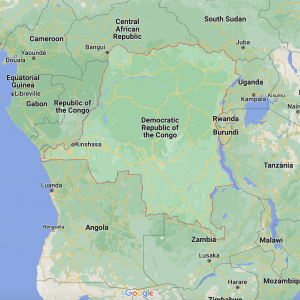Saudi’s Al-Didhan Reserve emerges as premier ecotourism destination
Al-Didhan represents the perfect combination of natural beauty and responsible tourism development
HAIL, Saudi Arabia (MNTV) – Saudi Arabia’s Al-Didhan Natural Reserve has become one of most captivating ecological attractions since its inauguration in 2022.
The destination draws visitors from across the Kingdom and internationally to experience its unique combination of golden desert dunes and mountainous terrain, according to the Saudi Press Agency.
Located in Al-Khattah north of Hail city, the 10,000-square-meter protected area showcases a remarkable diversity of native plant life that creates a stunning visual contrast with the surrounding desert landscape.
The reserve has gained particular fame for its abundant common poppies, which bloom vibrantly against the golden sands, creating especially photogenic scenes during the evening hours when the setting sun enhances their colors.
This natural spectacle has made Al-Didhan a favorite destination for nature photographers and ecotourists.
The site’s popularity peaks during holiday periods and the spring season when temperatures are milder and the vegetation is at its most lush.
Visitors to Al-Didhan can enjoy various amenities designed to enhance their experience while preserving the natural environment.
Traditional-style huts and shaded seating areas provide comfortable vantage points to take in the views, while specialty cafes offer local beverages and light refreshments.
The reserve also features opportunities to sample regional cuisine and purchase seasonal agricultural products sourced from nearby farms.
Local tourism officials report steadily growing visitor numbers since the reserve’s opening, noting its alignment with Saudi Vision 2030 goals to develop sustainable tourism offerings across the Kingdom.
A Hail tourism representative said, “the place allows visitors to appreciate our unique ecosystems while supporting local communities.”
The reserve’s management continues to implement conservation measures to protect its delicate desert ecosystem while exploring potential expansions to visitor facilities.
Future plans may include additional walking trails and educational displays highlighting the area’s distinctive flora and geological features.










